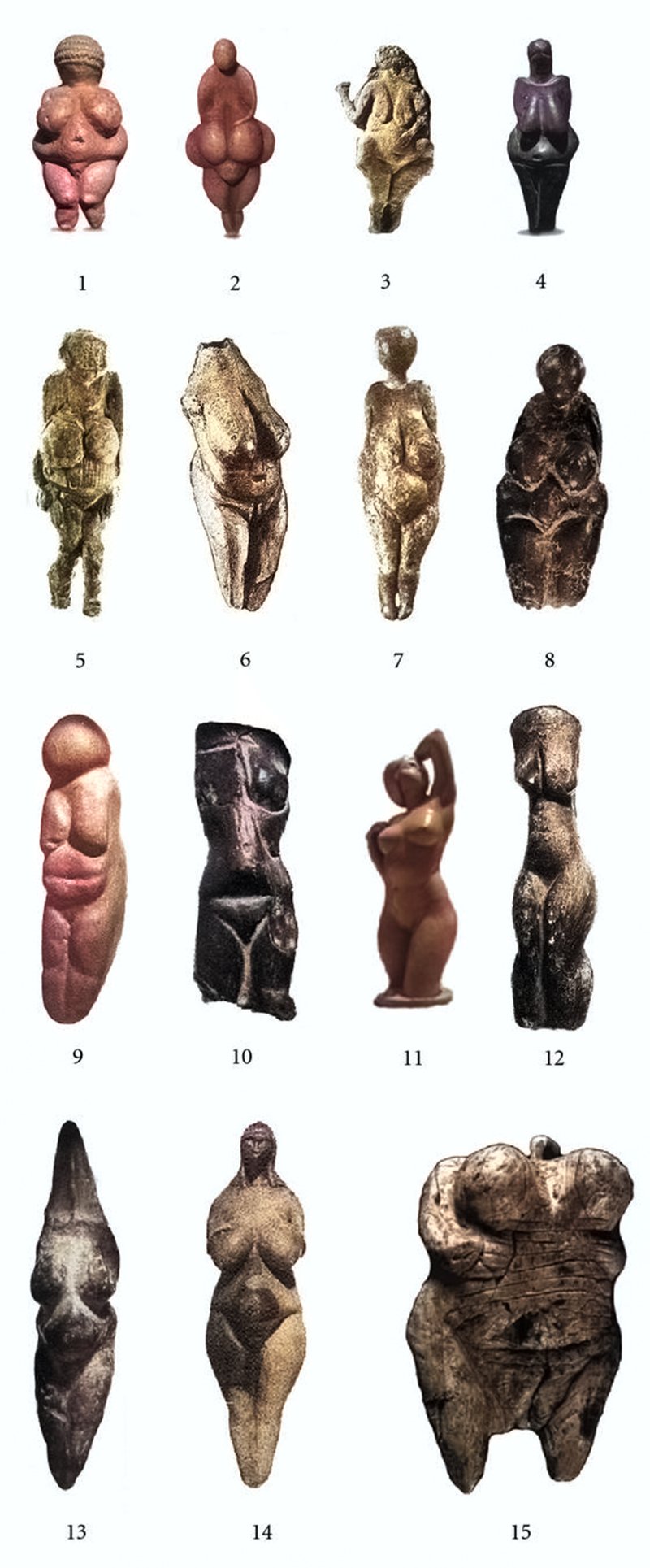Venus of Willendorf: Powerful Deity or Life-Saving Tool?
Stone-carved sculptures of faceless women are among the most intriguing mysteries of history.
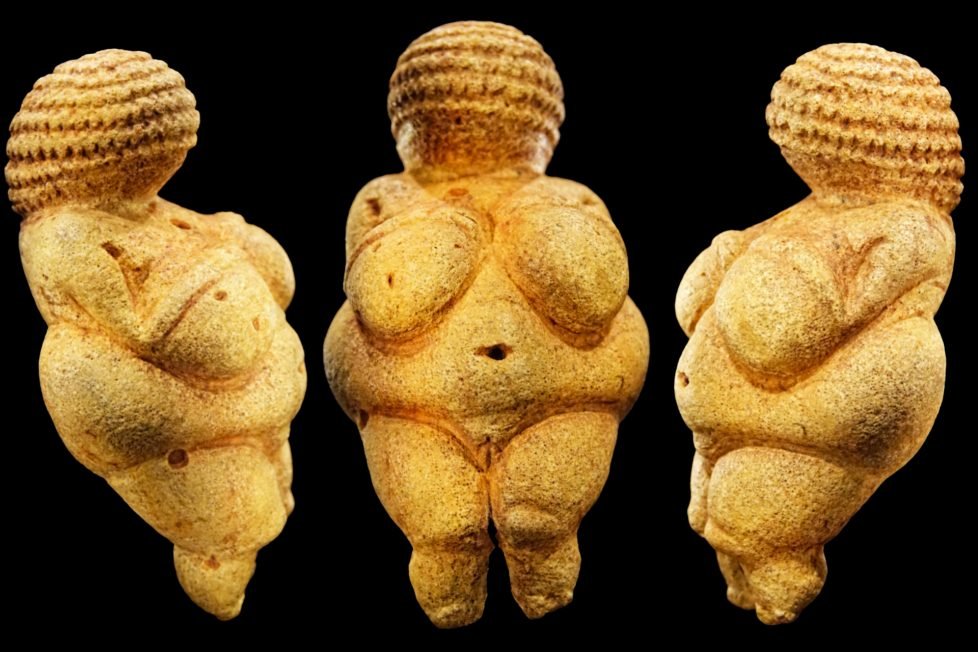
Stone-carved sculptures of faceless women are among the most intriguing mysteries of history.

Table of Contents
ToggleThe figurines of women from the Upper Paleolithic era are some of the most ancient representations of the human body known to contemporary archeologists. Over the years, historians attempted to find an explanation for their looks and purposes. Were they the images of some prehistoric deities or self-portraits of women?
The Upper Paleolithic period spanned from 40,000 to 12,000 BCE. At the time, our ancestors had not yet switched to farming, living as nomadic hunter-gatherers. However, they already started to create what we now call works of art in the form of cave paintings and stone carvings. Until the recent discovery of a 51,000-year-old carved bone, the art of Upper-Paleolethic was considered the oldest known to historians. Archaeologists find most artifacts from the era in various parts of Europe and Africa.
The artists of the Upper Paleolithic era were barely concerned with depicting humans. Out of all figurines and cave paintings found and identified by archeologists, the overwhelming majority represent animals typical to the area where an artifact was found. Only a small percentage of the figurines represent human figures of varying body types.
The figurines known as Paleolithic Venuses are palm-sized sculptures carved from soft stone (usually limestone) in the form of feminine figures. These women have no facial features and no signs of unique personality, with their body proportions often distorted, demonstrating enlarged bottoms and shortened limbs.
The sculptures became known to historians in the nineteenth century, with the progression of archaeology as a discipline. However, despite being long present in museums, the Venuses still remain mysterious objects with unclear purposes. Some of the figurines found throughout Europe had holes in them indicating they might have been worn as pendants or used as decorations, attached to strings.
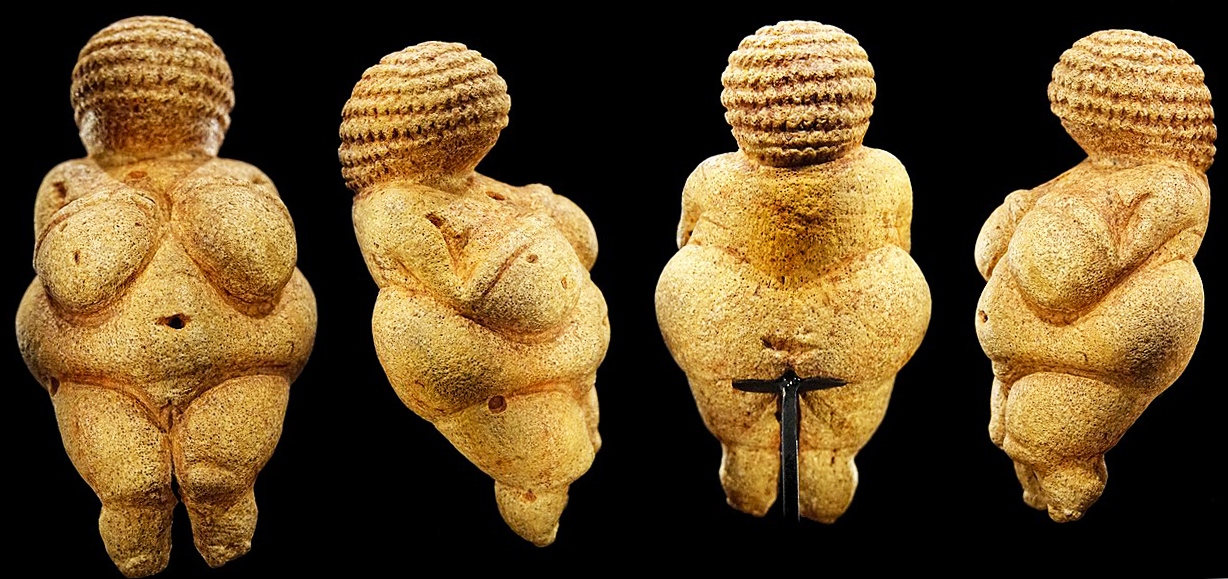
The most famous of Stone Age Venuses is the so-called Venus of Willendorf. Found in Austria in 1908, she became one of the most famous objects of prehistoric art. Strictly speaking, attributing the term ‘art’ is not entirely correct since we cannot be sure if the people of the late Stone Age valued skill and self-expression in a manner similar to ours. Nonetheless, the Venus of Willendorf is a striking example of human creativity, present within our species from the earliest of times.
The name ‘Venus’ itself is puzzling since the figurines are way older than any recorded belief system in human history. In fact, it says more about the people who discovered it than about the object itself.
In Western culture, Venus was the Roman goddess of love, beauty, and fertility. Even after the advent of Christianity, her image remained present in painting, sculpture, and literature, turning into an unattainable ideal of the perfect femininity. Art historian Catherine McCormack believes that the majority of Western depictions of femininity – idealized, hardly realistic forms rarely exhibiting signs of personality – developed based on Venus’s image and its treatment in the Antiquity and the Renaissance eras.
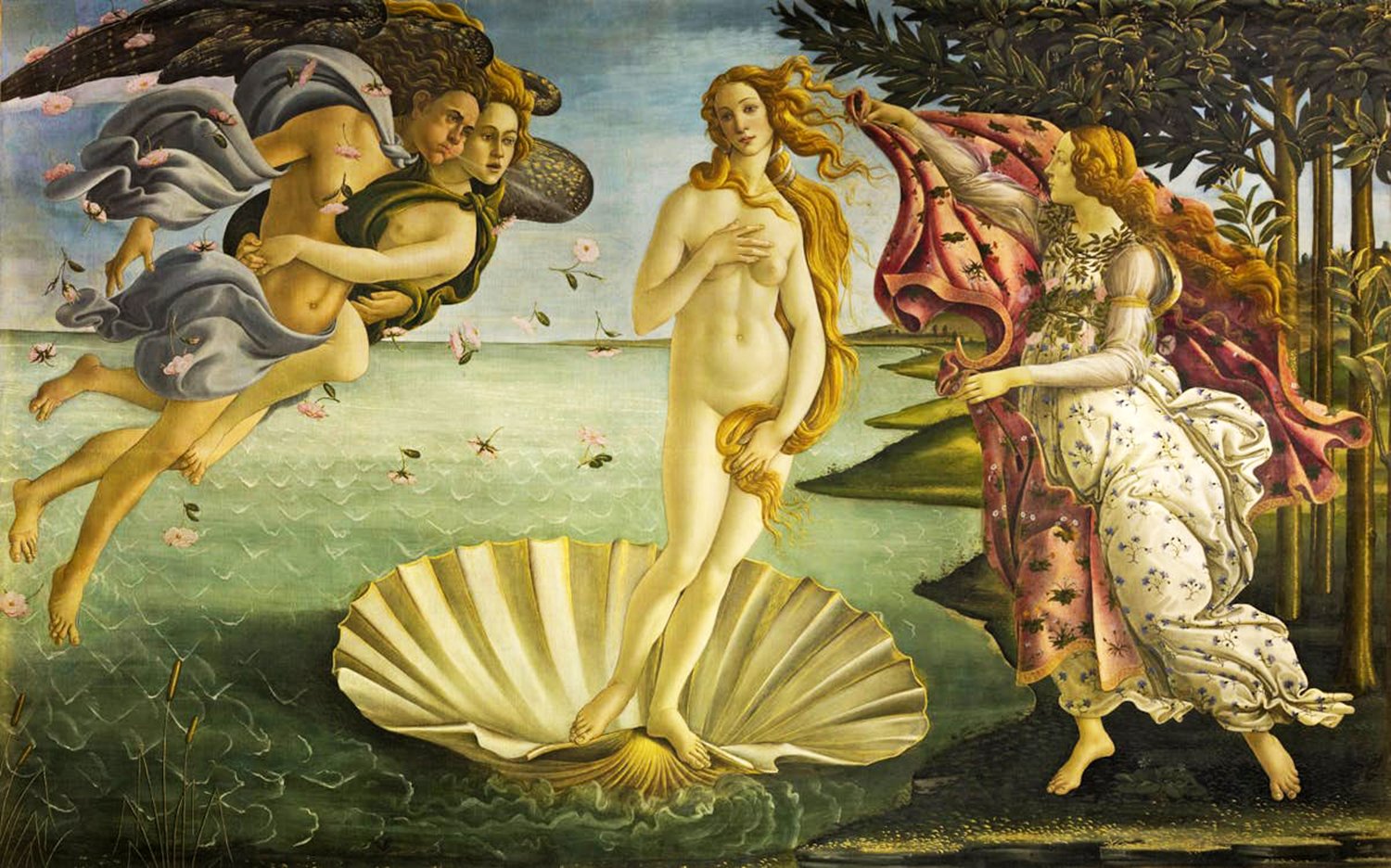
The name Venus was first applied to Stone Age figurines in 1864, when an amateur archaeologist Paul Hurault discovered a headless statue in southwestern France. Hurault called the nude figurine Venus Impudica – Immodest Venus – as a reference to ancient Roman statues of Venus Pudica, the goddess modestly covering her naked body. Thus, the name itself is an assumption of the object’s significance to its maker and owner. For that reason, many archaeologists prefer to use more neutral terms, such as The Woman of Willendorf.
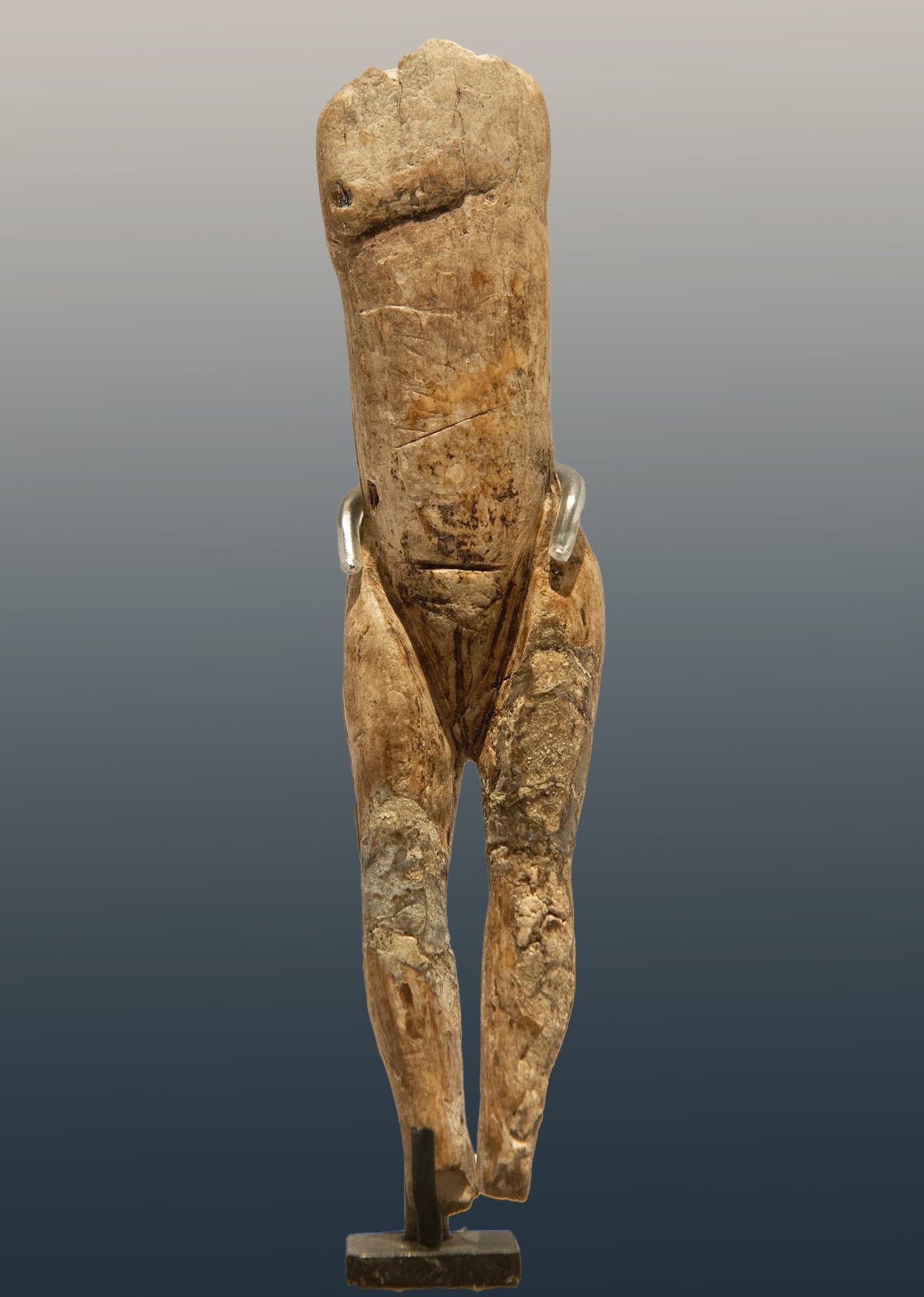
One of the most popular and widespread interpretations of the Venus of Willendorf figurine is its function as a religious object celebrating fertility, femininity, and abundance. The Great Goddess, or Mother Goddess, a feminine being responsible for communities’ prosperity was a common archetype found in ancient mythologies and belief systems. Perhaps someone made these figures of voluptuous women intending to please the goddess and ensure her protection.
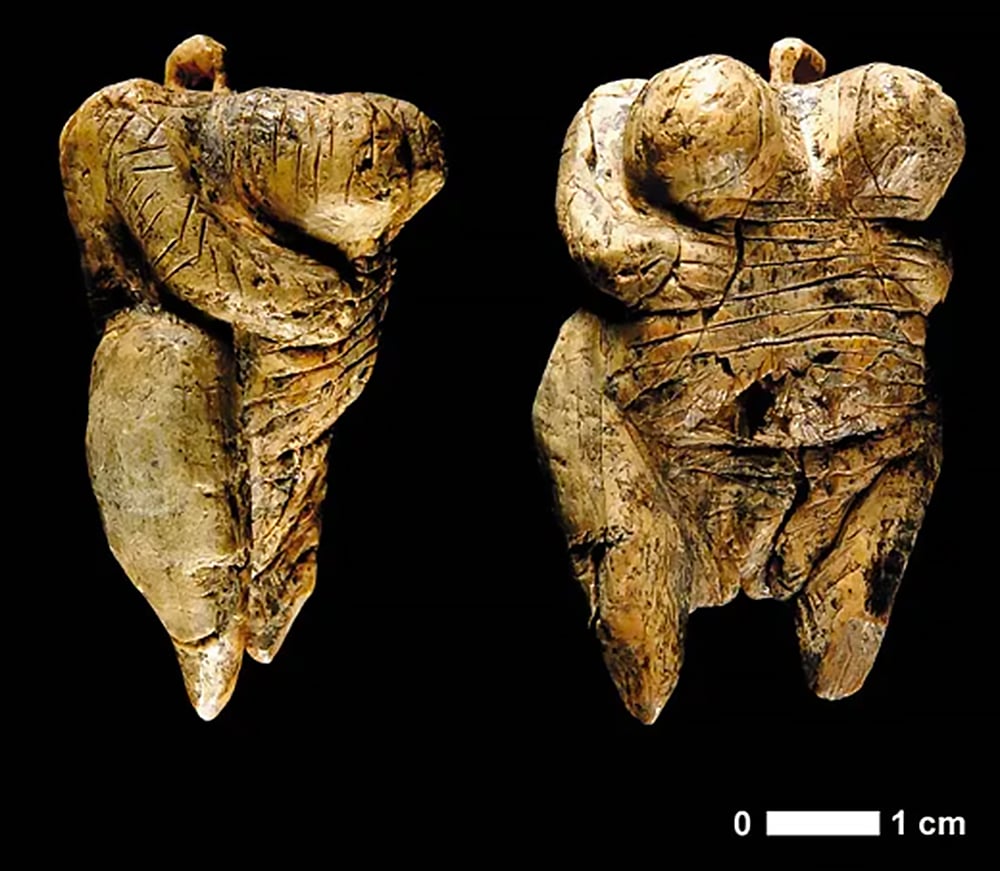
Some historians interpret these as not only symbols of fertility but as talismans intended to bring prosperity and health. Proponents of this theory link the proportions of their body figures to obesity, a condition rare, if ever possible during the Upper Paleolithic. Allegedly, in an environment with scarce food resources, such body shape could ensure survival and successful reproduction. However, there is no proof that the hunter-gatherers of the era were even familiar with obesity as a concept, given their lifestyles and food ration.
By far, this hypothesis is one of the most common among the Paleolithic period experts. However, some insist that attributing a religious function to an unrecognizable object without further research might be misleading. Some aspects of our ancestors’ daily routines, skills, or needs unrelated to worshiping practices could possibly be lost to time, thus becoming unknowable.
The most scandalous and salacious explanation for the existence of the Paleolithic Venuses originated in the 1970s after several sculptures were discovered in various European locations. Newspaper headlines announced the discovery of ‘ancient pornography’ with experts claiming that the figurines were made by men as expressions of their fantasies.
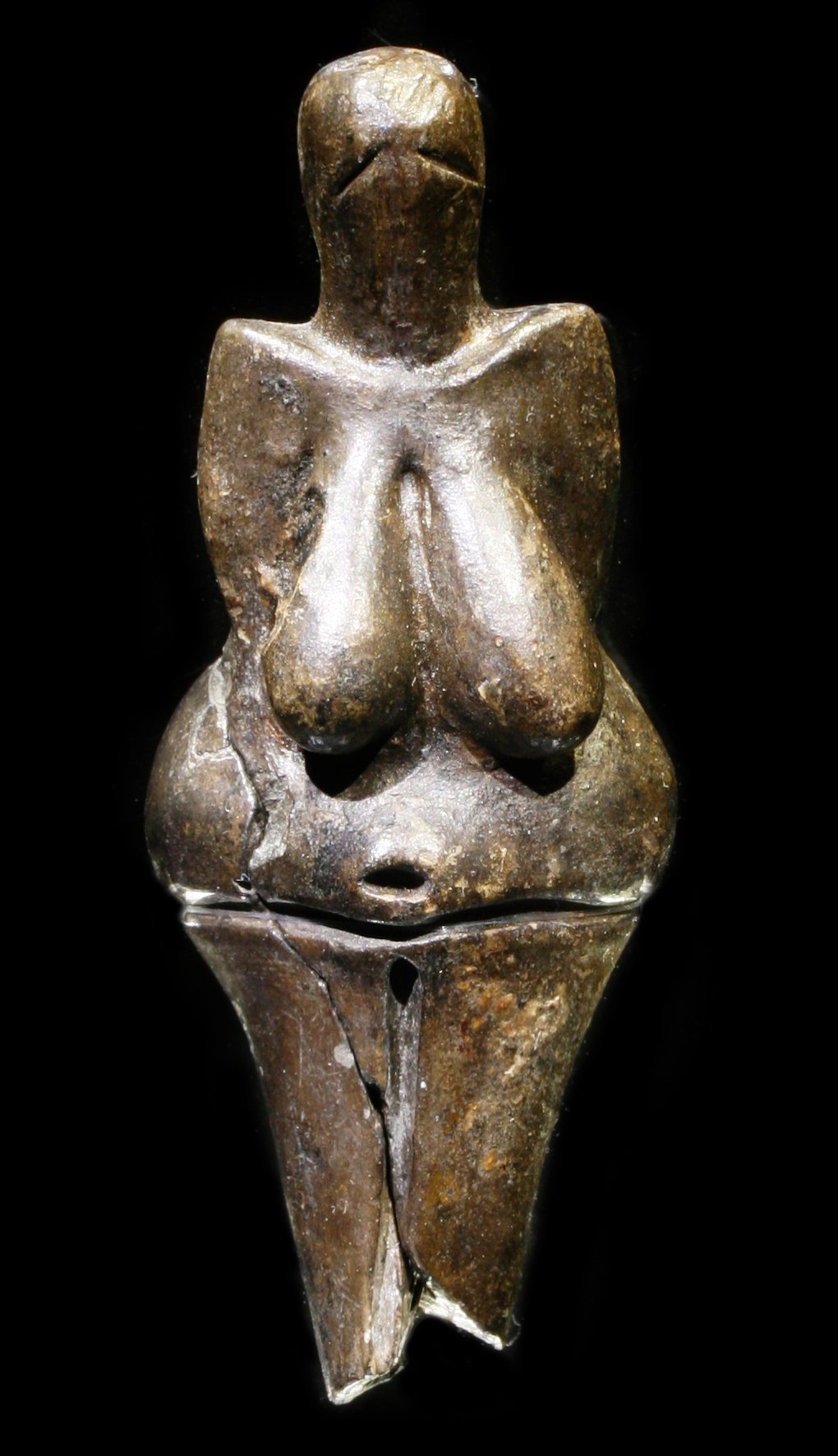
This hypothesis was short-lived and unpopular despite press coverage. The over-sexualization of female bodies easily found in more modern cultures unlikely applied to the prehistoric era. Not only was nudity more widespread back then but the restrictive religious morality concerning bodies and sexuality had not been invented yet. Thus, without the boundaries of taboo, people most likely were less inclined to channel their desires into external forms.
The main problem of this theory is not only its inherent sexism but a series of assumptions about male sexual behavior which lies in the basis of the argumentation. The proponents of the theory relied on the supposed eternal obsession of men with erotic imagery. The theory was proposed in the 1970s, during the so-called ‘Golden Age’ of Western erotic film and adult industry. Given the popularity of these topics and their omnipresence, the desire of some historians to further extrapolate the concept becomes clearer, yet not more accurate.
The puzzling proportions of the Venuses’ bodies may be explained if we think about the perception of one’s body in the prehistoric era. Today, we are well aware of how our bodies look from the outside – the abundance of mirrors, reflective surfaces, cameras, and media representation allows us to see ourselves from every possible angle and perspective.
In the hunter-gatherer society, however, one of the few chances to get familiar with one’s body was simply lowering one’s gaze to inspect it. This angle inevitably led to distorted proportions. Take a look at your own limbs and torso: you will notice the shrunken feet and shortened arms, similar to those on prehistoric figurines.
Some historians went further with this theory. In 1996, Professor Leroy McDermott suggested these were not simply self-portraits of women but medical instruments intended to help with childbirth. McDermott compared the figurines with photographs of pregnant women taken from their eye level. The proportions turned out to be similar, so McDermott concluded they could be used by young women during their first pregnancies to monitor their conditions and changes in their bodies. In this context, the protruding stomachs, small feet, and the absence of faces on the figurines make perfect sense.
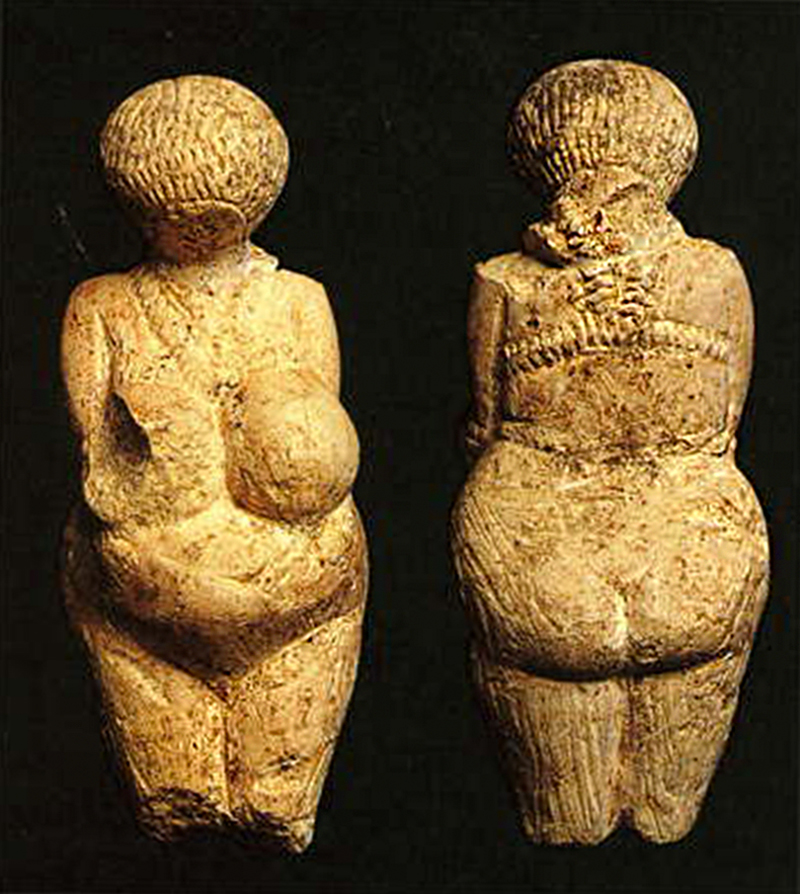
However, McDermott’s theory has its opponents as well. Some historians pinpoint that although some sculptures demonstrate body proportions corresponding with the late stages of pregnancy, a significant part does not. Moreover, a large percentage of figurines represented androgynous figurines or ones without visible sexual characteristics.
Despite substantial criticism, McDermott’s theory is significant, at least because it included women in the process of figurines’ creation. There is a high chance that the sculptures were indeed made by women and for women, yet the majority of other scholars prefer to focus on a more neutral or strictly male point of view, as in the case of the ‘erotic art’ hypothesis.
Even though centuries have passed since the first discovery of Paleolithic Venuses, archeologists and historians are still not sure what exactly their function was and what forced the Stone Age artists to choose particular shapes and forms.
Since most information we possess on the life and daily routines of the people of the Upper Paleolithic era is based on modern assumptions, scholars often try to apply present-day concepts and standards to their research. However, such experiments rarely uncover something new about prehistoric sculptures yet provide insights into the thinking of the contemporary era.
In 2011, psychologists Alan F. Dixson and Barnaby J. Dixson conducted an experiment asking a group of heterosexual men and women to rate the attractiveness of the Venus figurines. The Dixsons intended to determine if the sculptures were made with the intention of being attractive to the opposite sex. The result of the experiment was incoherent, bringing the researchers to the conclusion that different sculptures may have had different functions. The research team received substantial criticism for their attempt to insert present-day beauty standards, fueled by media and current fashions, into the conversation on millennia-old artifacts.
